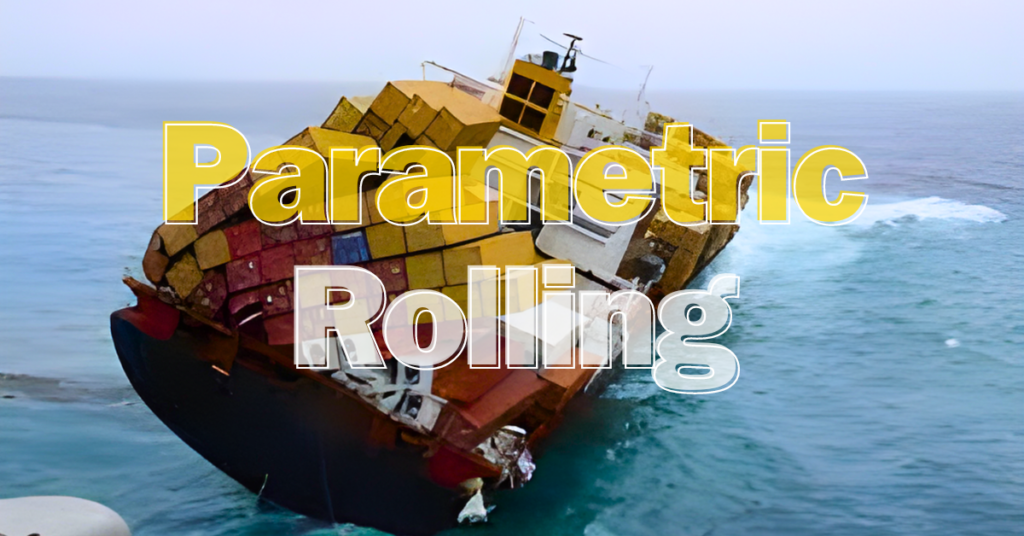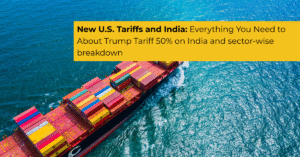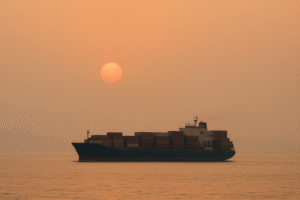
In international trade, ensuring the safe and efficient transportation of goods is paramount for Shippers alike. One significant challenge that both parties may encounter during container shipping is Parametric Rolling, which poses risks to cargo and vessel safety. Understanding the causes, effects, and mitigation strategies associated with Parametric Rolling is crucial for Shippers to safeguard their shipments and maintain smooth operations.
What is Parametric Rolling?
Parametric Rolling occurs when large waves cause containers on ships to roll from side to side. This phenomenon often stems from the evolving design of modern vessels and can lead to instability and potential damage to cargo. For Shippers, the repercussions of Parametric Rolling can include delays, loss of goods, and increased transportation costs.
Effects of parametric rolling in container ships:
- Delays and Disruptions: Parametric Rolling can delay the arrival of goods at their destination, impacting production schedules and supply chains for Shippers.
2. Cargo Damage: The rolling motion of containers can result in damage to goods, leading to financial losses and reputational damage for Shippers.
3. Increased Costs: Dealing with the aftermath of Parametric Rolling, such as damaged cargo or delays, can incur additional expenses for Shippers, affecting profitability.
Causes of Parametric Rolling:
Parametric Rolling is primarily caused by the resonance between the natural rolling period of a ship and the frequency of encountered waves. When these frequencies align, the ship experiences exaggerated rolling motions, leading to Parametric Rolling. Additionally, factors such as ship speed, wave direction, and hull design can exacerbate this phenomenon.
Mitigation Strategies in case of Parametric Rolling:
- Preventive Measures: Shippers can work with shipping companies to implement preventive measures, such as securing cargo properly and using specialized equipment to minimize the effects of Parametric Rolling.
2. Risk Assessment: Conducting thorough risk assessments before shipment can help Shippers identify potential areas of concern and implement appropriate measures to mitigate the risks posed by Parametric Rolling.
3. Collaboration with Stakeholders: Effective communication and collaboration with shipping companies, freight forwarders, and other stakeholders are essential for Shippers to address Parametric Rolling effectively.
Conclusion:
Parametric Rolling presents a significant challenge for Shippers involved in international trade. By understanding the causes, effects, and mitigation strategies associated with this phenomenon, Shippers can take proactive steps to protect their shipments and ensure smooth operations. Collaborating with shipping companies and implementing preventive measures are key to mitigating the risks posed by Parametric Rolling and maintaining the safety and efficiency of container shipping operations. Still feeling overwhelmed and don’t know whom to trust Request a Callback from our Expert !







